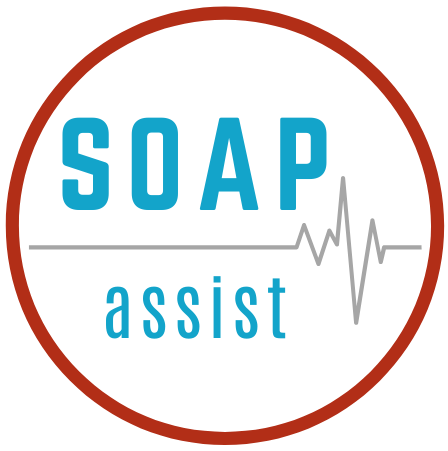Osteoporosis is a disease that affects the bones, causing them to become weak and brittle. This condition can lead to an increased risk of fractures, particularly in the hips, wrists, and spine. It is a major public health concern, particularly among older individuals, as it can lead to significant pain, disability, and even death. Proper management of this problem can reduce the risk of these catastrophic consequences. We recommend using an online medical template (like those provided by SOAPassist) to ensure proper documentation and enhance the care delivered to the patient.
Our bones are constantly being broken down and rebuilt. When we are young, our bodies are able to rebuild the bones faster than they are broken down, leading to strong, healthy bones. However, as we age, the body’s ability to rebuild bones slows down, and the bones can become weaker and more susceptible to fractures.
Osteoporosis is a result of an imbalance between the breakdown and rebuilding of bones. When the body breaks down more bone than it can rebuild, the bones become weak and brittle. There are several factors that can increase the risk of developing osteoporosis, including being female, being over the age of 50, having a family history of the disease, being thin or having a small frame, and not getting enough exercise or calcium in the diet. SOAPassist curated online templates have lists of risk factors and known causes of osteoporosis to serve as reminders for consideration by the provider.
Treatment for osteoporosis typically involves a combination of medications and lifestyle changes. Medications, such as bisphosphonates and denosumab, can help to slow down the rate of bone breakdown and increase bone density. Lifestyle changes, such as getting regular exercise, quitting smoking, and eating a healthy diet that includes plenty of calcium and vitamin D, can also help to prevent or slow down the progression of the disease.
SOAPassist curated templates for osteoporosis and osteopenia help with the documentation of these problems and their treatments. The templates include logical organization of critical information such as the most recent bone density scan, prior treatments as well as common reasons people are referred to specialists.
Using online medical templates can help streamline documentation for issues related to low bone density and enable providers to deliver more efficient and comprehensive care.
Disclaimer: SOAPassist curated templates are created for use by licensed medical providers. While they are examples of what a provider might document, their intended purpose is to provide a starting point for documentation and do not constitute medical recommendations.

